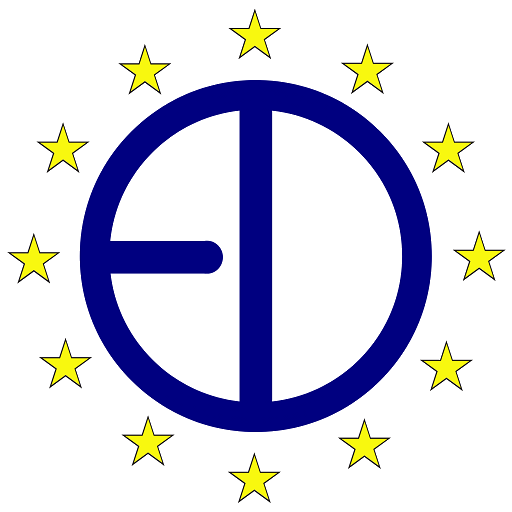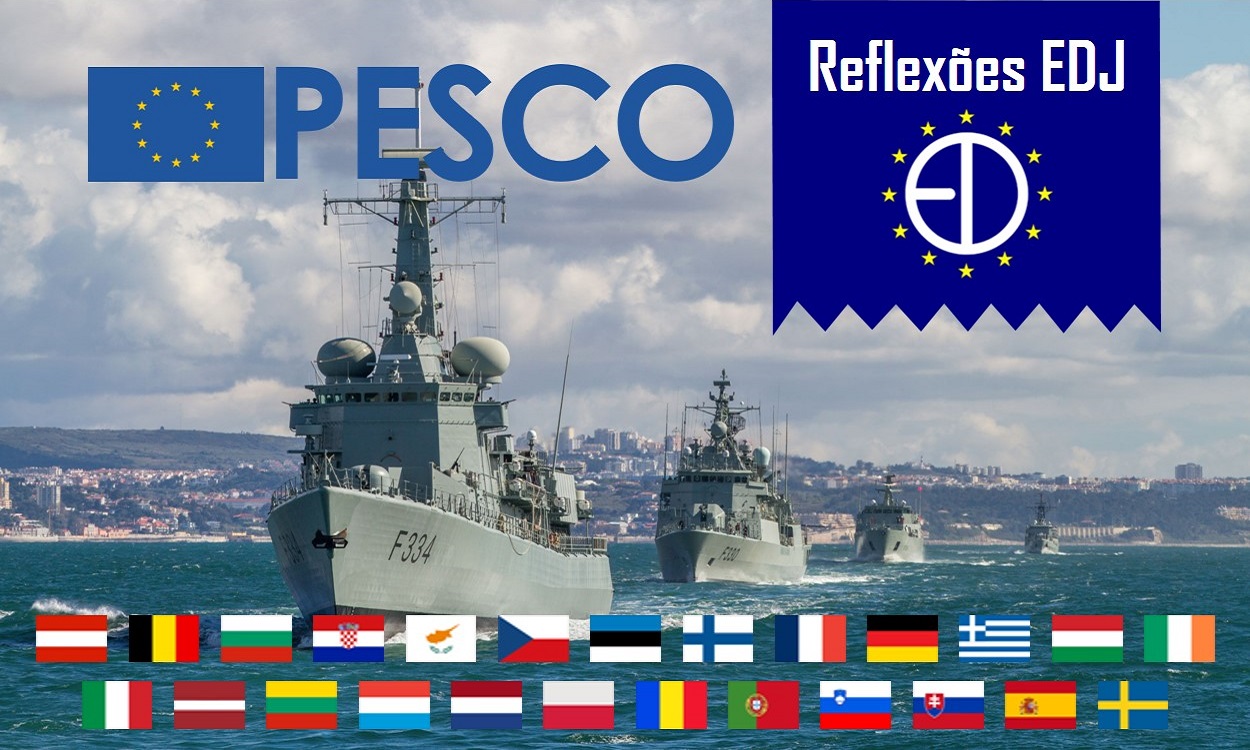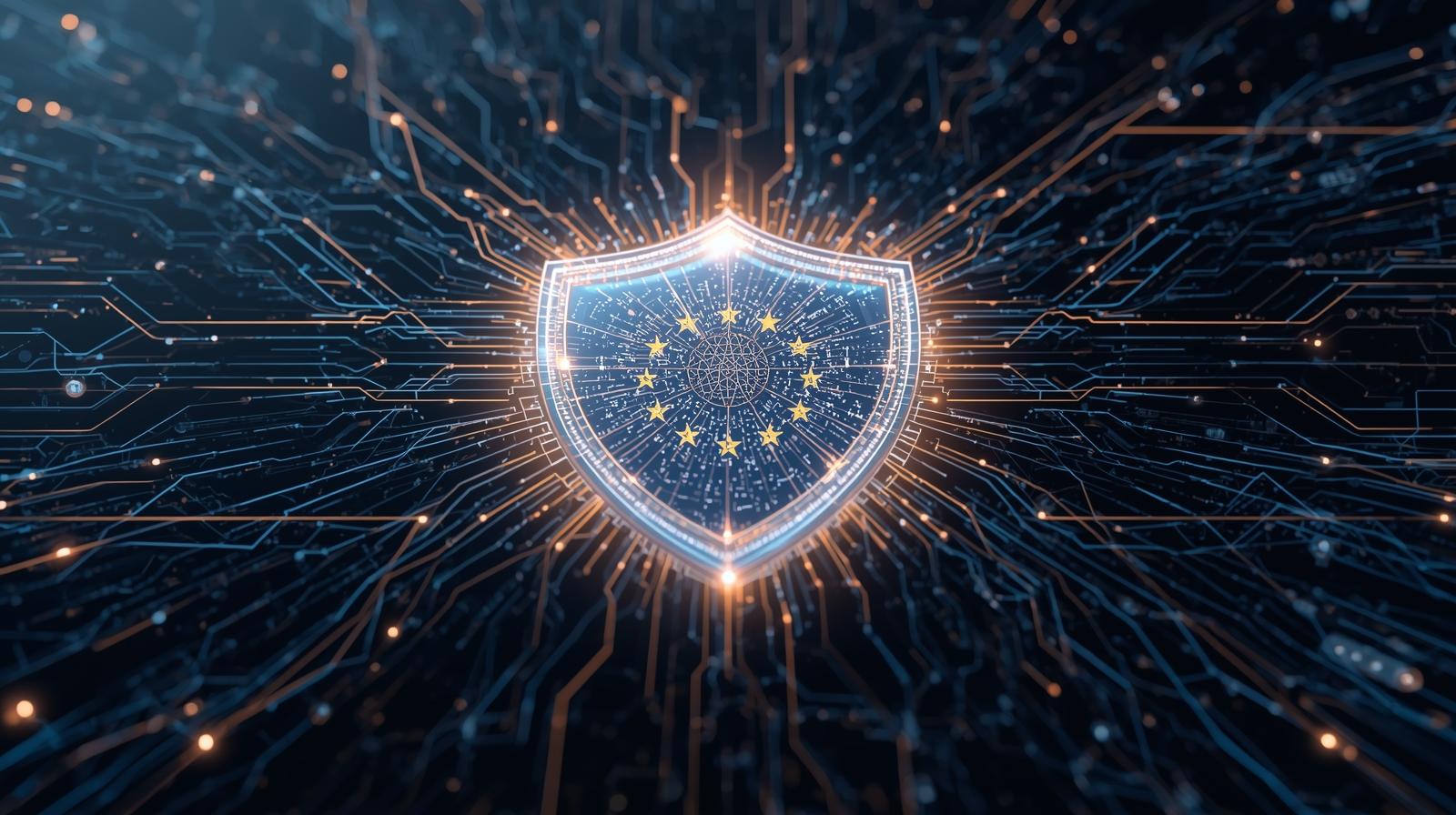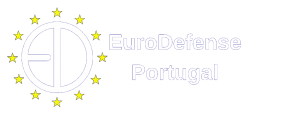Introduction
The view of a European defence union emerged in the aftermath of the Second World War. The first and most promising shot to achieve it was the European Defence Community (EDC), yet, it failed in 1954 due to resistance in the French National Assembly and the general strategic situation in Europe. The NATO framework, already established by that time and seen as more solid, prevailed. Envisioned as a transatlantic concern ever since, collective security could therefore no longer serve as a catalyst of European integration. Instead, collective prosperity emerged as the basic rationale behind the unification project[1].
PESCO is a practical EU framework that allows Member States to follow cooperation among each other on concrete projects in the area of defence and security. 25 Member States joined PESCO and have agreed to necessary commitments. So far 47 projects were put forward by a group of Member States and adopted by the Council[2]. This permanent structured cooperation of 25 EU Members aims to harmonize military equipment and organization, to promote joint procurement, deployments, and exercises and to create a single European armament market.
It was institutionalized by the Lisbon Treaty on December 13 2007 with the aim of establishing and strengthening a permanent structured cooperation in European Union. PESCO is, therefore, a more advanced instrumental frame in the EU to supply options about how to develop priority defence capacities, to promote defence cooperation.
The aim of PESCO is to advance the strategic autonomy of Europe. Strategic autonomy can be conceived in an absolute – as a condition – or in a relative – way as a process. It is an abstract concept and it constitutes a break with the globalization-friendly approaches. In practice, strategic autonomy is to be stimulated through constant deepening of institutional and technological interoperability among predominantly nationally organized armament markets and armed forces. Both dimensions of interoperability can be conceived as practical-technical issues, which means to be managed at the interdepartmental and industrial level. However, the more ambitious the project becomes, the more political importance it acquires[3].
PESCO should provide the creation of a clear full spectrum force combination which could accelerate the provision of forces and should fill progressively the existing moat on the EU Battlegroups and the highest level of ambition on the Grand Global Strategy of the EU.
PESCO’s advantages
- more transparency between member states;
- strengthens EU military infrastructure;
- improves the efficiency of EU’s industry and its internal market;
- improves civilian and military mobility;
- encourages cooperation between member states;
- creates additional synergies and effects of scale;
- all the military advantages developed within PESCO are available for other circumstances, for instance North Atlantic Treaty Organization (NATO) and United Nations (UN).
The review of the European Council on PESCO evaluates its growth and gives directions for the next phase, being 2021-2025. It asserts the value of making solid improvement regarding a Full Spectrum Force Package that builds up the EU’s armed potential to take action. In the Council’s review it states that in order to strengthen EU’s military capacity and effectiveness, it’s crucial that future PESCO projects gain more visibility at the political level. It is also fundamental that more transparency is cultivated between member states (namely through the enforcement of more binding agreements).
Nevertheless, it is mainly from the interpretation of the recommendations issued from the European Parliament to the Council and the Vice-president of the Commission/High Representative of the Union for Foreign Affairs and Security Policy concerning the implementation and governance of PESCO, that can be understood what are the essential steps that haven’t been taken to enhance EU’s defence capabilities. Together with better future investments in shared European defense projects and to increase cooperation in the EU framework.
PESCO cannot be undervalued, owing that it is a powerful instrument that can have a positive impact in the defence area. This impact happens due to the investments made, thus increasing the evolution of abilities of Europe’s defence.
To be able to move towards EU’s strategic autonomy, the EDF (European Defence Fund), worth 13B€, will play a major role in co-funding PESCO projects, financing dual use transport infrastructure that would improve both civilian and military mobility, ultimately contributing to the «creation of an effective Schengen area for military mobility, with the aim of reducing procedures at borders and keeping infrastructure burdens to a minimum». This will encourage cooperation between participating Member States (PMs), advance the process of deploy ability of forces and consolidate solidarity and cohesion in EU-NATO relations. While it happens, it is important to keep EU’s best common interest in mind and never undermining the objective of fostering the EU Common Security and Defense Policy (CSDP).
To this effect, the pMS have already taken responsibility for 20 binding commitments, until the year of 2020. On top of that, more than 40 projects have started, and 12 are having positive outcomes. Its projects aim to succeed in more linking commitments and reaching the EU level of Ambition.
The unity among PESCO, Coordinated Annual Review on Defence (CARD) and the European Defence Fund (EDF) is there to improve the use of resources that are scarce. This happens by growing the progress of the competences that Europe needs to its defence, therefore, making it very efficient.
PESCO ought to continue to grow, having in mind all the progress already made, by developing areas that need development and keeping up the work in the areas that are predicted to give results.
According to this, pMS will evaluate the completion of PESCO’s commitments, debating and deciding on new ones, wishing to take a step forward on the account of European security and defence.
Moreover, all the military advantages developed within PESCO are available for other circumstances, for instance North Atlantic Treaty Organization (NATO) and United Nations (UN), as PESCO got its format by the pMS.
The commitments that were made by the pMS, have proven to be faithful instructions on the account of making sure that PESCO is well implemented and managed. Although there is a need for its pMS to put more efforts into it, in order to fulfil more linking commitments. For instance, in areas such as climate change, cyber energy and maritime security, for example. PESCO can also count on its secretariat to have ideas for new projects, if it is asked to do so, despite being a process that is driven by all the Member States that participate in it.
Since the administration of PESCO is done by pMS, the European Parliament suggests the implementation of a harmonized administrative secretariat, leading to better coordination and interoperability within PESCO projects, exhilarating the dialogue between pMS. A recommendation that is also entailed in Parliament’s conclusion is that the «creation of a new Commission Directorate-General for Defence Industry and Space should serve as a catalyst for enhanced coherence, fair cooperation and integrated coordination in the creation of defence capabilities across the Member States, as well as for strengthening EU military infrastructure and improving the efficiency of EU industry and the internal market».
According to the European Parliament, with the aim of stimulating the defence industrial base and the European Defence Industrial Procurement Programme (EDIDP), PESCO projects should be prioritized based on their contributions to the foundations of a more integrated European defence. The latter should be a preference to the projects defined by a genuine European strategic dimension, in line with the High Impact Capacity Goals of the CDP. These projects would be selected if they have the potential to harden EU’s technological base, and at the same time increase Europe’s industrial self-resilience and independence from foreign importers, concerning the fields of intelligence, transport, command and control, nanotechnologies, super-computers, artificial intelligence, drone technology and robotics, what will also generate new jobs.
In this process of future development of PESCO, the European Parliament points to the consolidation and reinforcement of the partnerships not only with NATO as was previously said, but also with the UN, the African Union and other international partners. All this respecting the obligations under the North Atlantic Treaty, so that it is possible to create additional synergies and effects of scale. For this to happen, it’s equally fundamental to nourish the interlinkages «between the PESCO project cycle and other defence capability processes such as the EU headline Goal Process, the CDP and CARD in order to enable more focused, mature, better developed and structured projects to be submitted». The level of ambition defined by the 2016 EU Global Strategy will only be achieved if there is cooperation between the ongoing effort of the Strategic Compass and PESCO’s operational dimension.
As stated in the Opinion of the European Parliament’s Committee on Constitutional Affairs, it is imperative the progressive creation of a common framework that enables Member States to «conduct their own national defence policy reviews, share results and pool intelligence as a means of establishing the foundation of a genuine European defence». The Committee of Constitutional Affairs also brings attention to the fact that « the involvement of the United Kingdom in PESCO projects, where invited and where effective reciprocity is ensured, would be in the strategic interest of the Union», what brings hope to the future EU-UK military collaborations.
Disadvantages of PESCO
Notwithstanding the remarkable step forward represented by PESCO in the field of European security and defense, this framework contains some loopholes which, if not addressed, could jeopardize the overall purpose underlying the project. The criticality of PESCO could be underlined on two different levels: the aim and implementation of the framework on one hand and the development of the projects on the other.
For what concerns the aim and implementation of the framework, the difficulties regard:
- The limited integration of member states in the defence domain;
- The lack criteria of coordination in national defense apparatuses;
- The limited resilience of the framework in the event of member states’ reversal of policies.
Concerning the development of the projects, the framework presents criticalities such as:
- The imbalance between member states in the participation to the projects;
- The limited innovation of the projects.
In order to understand the aim of PESCO, the Treaty of the European Union comes to aid: according to it, the major purpose of the PESCO framework was the conversion of the EU in an institution capable of upholding a broad spectrum of military capabilities, supplied and supported by the member states. Hence, it was envisaged that the projects conceived in this context should have provided for a higher coordination and, thus, integration, between the (participating) member states[4] in the security and defense domain. However, the “differentiated integration” principle, which provides that not all EU member states need to participate in all EU policies in the same degree at the same time, has permitted to the states to choose whether to take part or not in this structured cooperation. While this principle makes it easier to reach an agreement – in a context where the unanimity law prevails – thus providing very high margin of manoeuvre to the pSM, it also paves the way to a growing differentiation of European integration. Therefore, the consequence of a defense plan born under the framework of differentiated integration is the still excessive anchorage to national realities, rather than to a placement of defense capabilities under European supranational bodies. The defense domain cannot foresee too different levels of integration, because the EU needs to move has an unicuum, while right now, with some leading countries and some which have voluntarily placed themselves on the outside, Europe is moving at different speeds in the security and defense environment (multi-speed Europe). In addition to this, pSM are not prompted to align their national defense apparatuses with the ones of the leading countries, because PESCO lacks objective criteria to assess the level of members’ armament acquisition strategies and participation to EU projects, only summarily monitoring the implementation of national defense apparatuses: in fact, while a national implementation plan is compulsory, the specifics of its context are yet to be addresses. This brings about a lack of coordination and keeps distant the different levels of progress between the pSM in the aforementioned domain.
In this context, PESCO needs to be reinforced to avoid reversals of policies which could be caused by a change in the governments of signatory countries, being it too sensitive to national participation, and to defend commitment observance, since in the current framework applying legal and political sanctions on the pSM not living up to the commitments would be impossible. The keyword which should direct policy’s renovations, in this sense, ought to be the “resilience” of the European Defense.
On a more technical level, the criticisms presented by PESCO regard the specific projects implemented. First and foremost, by looking at the pSM involved in every project it is clear how some of the pSM are much more engaged in the framework and detain a higher level of expertise in the majority of the sectors interested. The pool of 47 projects is dominated by France (leader of 10 projects, participant in 21), Italy (9, 17), Spain (2, 22) and Germany (7, 9). At least two of these countries cooperate (along with other partners) in 30 projects[5]. While the sharing of expertise seems legitimate, this already existing gap runs the risk of being furtherly fuelled. Moreover, some projects fronted by different countries are dedicated to similar objectives, naturally spurring some level of competition. This competition could more extensively enhance the disintegration while also diminishing the expertise, which together could harm the creation of functional military products.
Moreover, while PESCO projects are pointed at the development of innovative defence technologies and armaments, most had been launched or planned before PESCO and were put under this framework to speed them up. In addition, governments might put forth projects under PESCO because they see extra EDF funding as a way to subsidise ongoing multinational projects, rather than to develop capabilities that are required for the EU’s strategic autonomy. Notwithstanding the undoubtable significance of some of these projects[6], PESCO should point at true progression and development enhanced through the shared expertise between Pms, rather than at boosting already existing national initiatives. The innovation should also aim to launch more extensive projects, while the initiatives launched until today either involve niche capabilities, are relatively small, or are meant to help with launching operations only indirectly. It has been theorized that the creation of bigger projects could be largely favored by opening PESCO to non-EU NATO members with the greatest military capacity (U.S., UK)[7]. However, this aperture could undermine the possibilities of funding of EU companies vis-à-vis non-EU enterprises.
Conclusion
As said in the beginning of the paper, PESCO is a practical EU framework that allows Member States to follow cooperation among each other on concrete projects in the area of defence and security. Despite the intentions of the EU expressed in the Treaty and the great opportunity represented by the PESCO framework, many are the criticalities surfaced which need to be addressed today. While on an aim and implementation level it needs to envisage a deeper cooperation and a mechanism of commitment respect between participating member states, the projects developed in the framework need to have a larger basin of states and more balanced distribution, to be more innovative and extensive as what regards their content. For this reason, the strategic review in sight of the period 2021-2027 has assessed some of these difficulties, providing some mechanisms of resolution in the next step of the framework. First of all, the Council has recognised that the progress on the binding commitments upholded by pSM is not sufficient, and concrete criteria and objectives need to be adopted. Moreover, in order to prevent competition between similar projects, it has called for clusters and merges in order to increase impact and efficiency. In addition, while acknowledging that PESCO is a statedriven project, the Council foresees a far stronger advisory role in the process for the PESCO secretariat. In the end, the strategic review has provided for a better management structure of the projects, divided between the pSM and the PESCO secretariat.
In conclusion, the PESCO is a very significant framework, with a major potentiality, but it needs to have a clearer purpose, which seems even more necessary on the aftermath of the COVID pandemic. In fact, taking into consideration the «crucial role played by the European armed forces in addressing the challenges posed by the COVID-19 pandemic, both in terms of the management of the health emergency and support to civilian missions and operations», new ambitious PESCO projects in this field should be brought up to the table. Indeed, they may be decisive with the difficulties that lie ahead, since the pandemic has also unveiled the limits of the EU in the competence and structured cooperation under the healthcare domain. However, the EU is working towards a more comprehensive and covering framework, able to address all the criticalities highlighted.
Coordinator: Federica Paolucci
Performed by interns:
Afonso Fidanza,
Beatriz Gouveia,
Fabiola Ruosi,
Gonçalo Braga Ribeiro
Guilherme Godinho
[1] Amos Dossi, “PESCO Armament Cooperation: Prospects and Fault Lines”, Center for Security Studies, March 11,
2019, accessed by March 8, 2021.
[2] “A Stronger EU on security and defence”. EEAS.
[3] Dossi, “PESCO”, 2019.
[4] From now on “pSM”.
[5] Terlikowski M., PESCO: Two Years Later, No. 10 (1440), 23 January 2020 © PISM.
[6] Such as the programme to develop a large European drone (EURODRONE with Germany, France, Italy, Spain, Czech Republic).
[7] Terlikowski M.
Bibliography
- “A Stronger EU on security and defence”. EEAS. https://eeas.europa.eu/headquarters/headquarters-homepage/82/about-european-external-action-service-eeas_en.
- Avelar, Sérgio Marques Higino. “As cooperações Estruturadas Permanentes: Ponto de situação e perspetivas futuras”. Investigation work in Instituto de Estudos Superiores Militares (2010/2011). Accessed by March 9, 2021. https://comum.rcaap.pt/bitstream/10400.26/11537/1/MAJ%20Higino%20Avelar.pdf.
- Council Conclusions on the PESCO Strategic Review 2020;
- Defence cooperation: Council approves conclusions on the PESCO Strategic Review 2020;
- “Defence cooperation: Council approves conclusions on the PESCO Strategic Review 2020. European Council of the European Union. 2020. Accessed by March 7, 2021.
- Dossi, Amos. “PESCO Armament Cooperation: Prospects and Fault Lines”. Center for Security Studies. March 11, 2019. Accessed by March 8, 2021. https://css.ethz.ch/en/services/digital-library/articles/article.html/15747d72-830c-4e43-931f-90e693f6a007.
- “Report”. European Parliament. 2020. Accessed by March 9, 2021.
- Mogherini, Federica. “A Cooperação Estruturada Permanente, o Fundo Europeu de Defesa e a Lei de Programação Militar 2019-2030 – Segunda Atualização”. EuroDefense – Portugal. November 23, 2017. Accessed by March 9, 2021. https://eurodefense.pt/a-cooperacaoestruturada-permanente-o-fundo-europeu-de-defesa-e-a-lei-de-programacao-militar-2019-2030-segunda-atualizacao/.
- Permanent Structured Cooperation – PESCO Deepening Defence Cooperation among EU member States.







